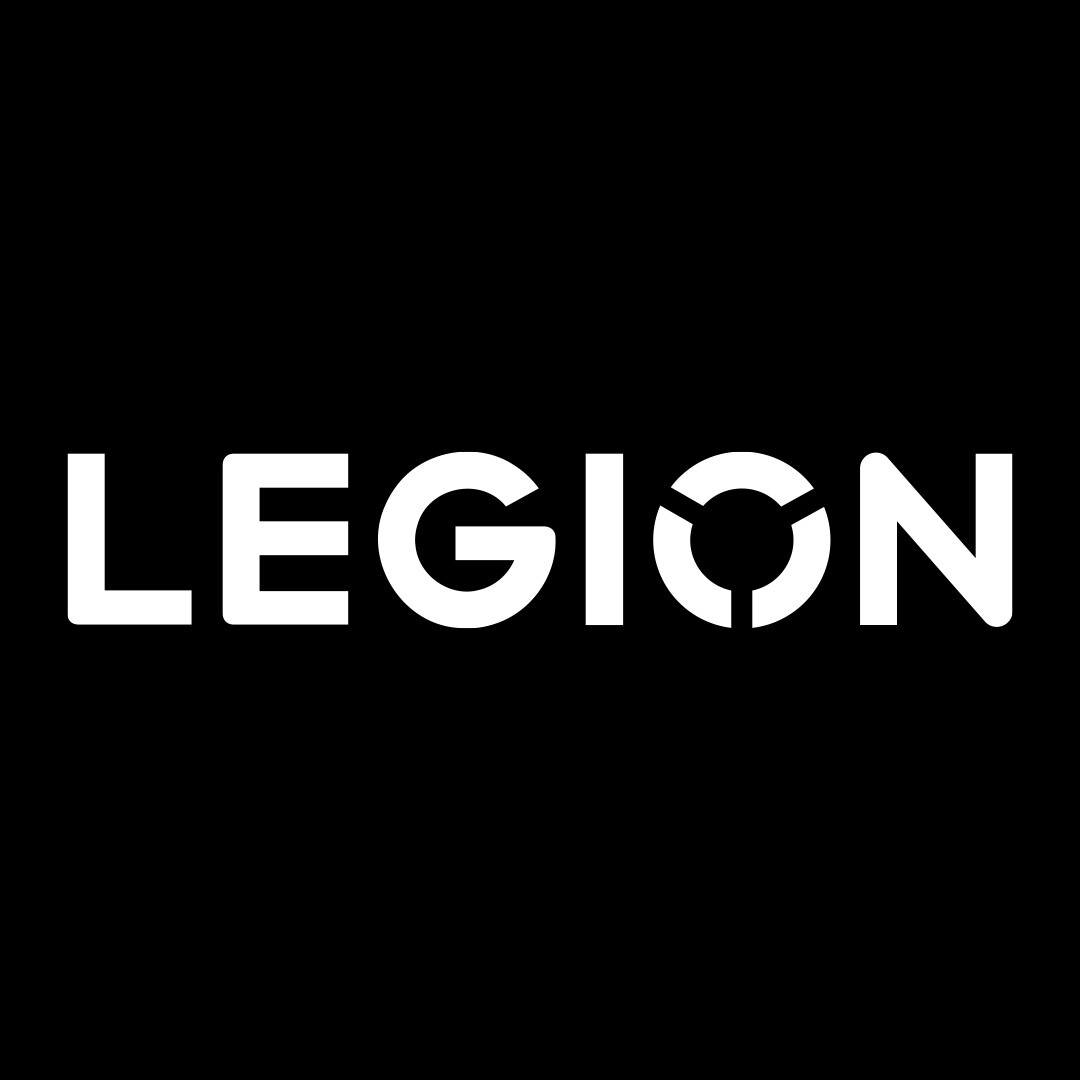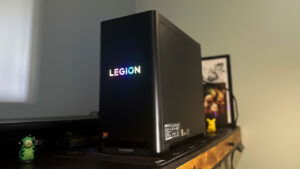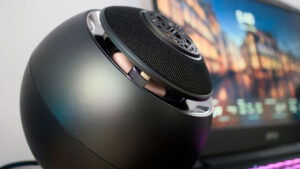Over the past two console generations, core gamers have long heard doomsayers claim that the current console generation will inevitably be “the last.” All signs point to this prediction being proven wrong, of course, as the likelihood of a “PlayStation 6” or “Xbox Series Next” not appearing within the next few years is about as likely as Nintendo suddenly deciding to exit the console business entirely. That being said, recent moves by both Sony and Microsoft towards embracing the open nature of the PC platform, against the backdrop of an increasingly cost-prohibitive video game industry, are prompting console gamers like me to consider transitioning to PC more each day.
In this regard, the Lenovo Legion Tower 5i (Gen 8 Series) might very well be the ideal pre-build gaming rig for PC-curious gamers to upgrade to, as right off the bat, it removes much of the fuss, muss and time investment required to construct one’s own custom PC at a somewhat reasonable cost. Simultaneously, the Legion Tower 5i offers a clean, streamlined design that has seemingly been crafted to appeal to novice PC users (and console gamers) without taking away any of the access that more advanced users might require.
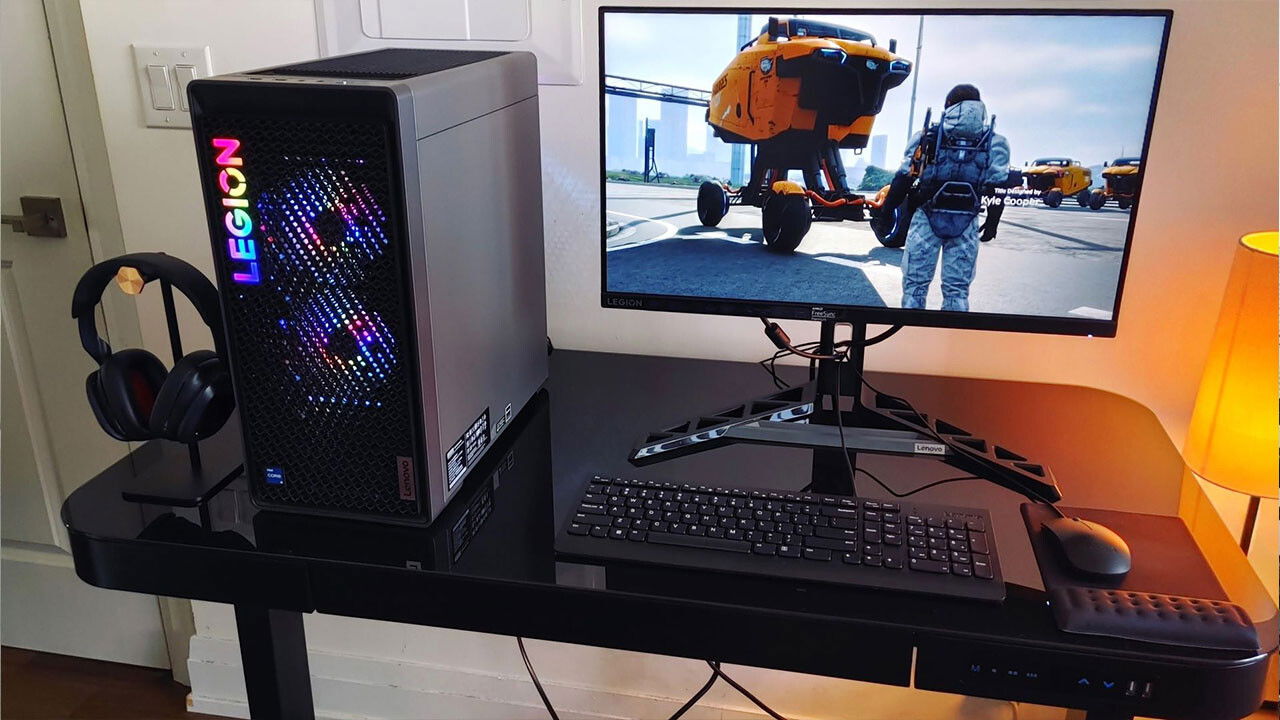
While the Legion Tower 5i comes in a variety of flavours that can be purchased from Lenovo on their US and Canadian websites (the most notable difference between them being the type of NVIDIA GeForce RTX 40 Series GPU each has installed), the model that was selected for this review is the entry-level 90UT1001AUS variant (90UT001LCF in Canada) that is sold right off the shelf at Best Buy and comes equipped with an RTX 4060 GPU.
“The Lenovo Legion Tower 5i (Gen 8 Series) might very well be the ideal pre-build gaming rig for PC-curious gamers to upgrade to.”
Visually, the unit is nearly a perfect doppelganger for the Lenovo Legion 7i gaming rig that my colleague Joe Findlay reviewed back in November of 2023, except that it lacks the two additional USB 2.0 ports on the top-front of the machine for easy hook-up of temporary, less essential gear. The two remaining USB ports are 3.0, thankfully, along with two convenient audio jacks for a headset and microphone.
Apart from those aforementioned missing USB ports, the I/O setup in the back is identical to the 7i as well, housing 4 USB-A 2.0 ports, 2 USB-A 3.2 Gen 1 ports, a USB-C 3.2 Gen 2 port, an RJ45 jack for Gigabit ethernet, your typical trio of audio jacks, 1 HDMI 2.1 port and 3 Display Port 1.4a ports. Not having those extra USB ports up front is definitely a bummer, as more connectivity is always better, right? Wireless connectivity isn’t a problem, though, as the Legion Tower 5i supports built-in WiFi6E 802.11AX and Bluetooth 5.1 via an inobtrusive module on the back of the unit, with no annoying antennas sticking out back.
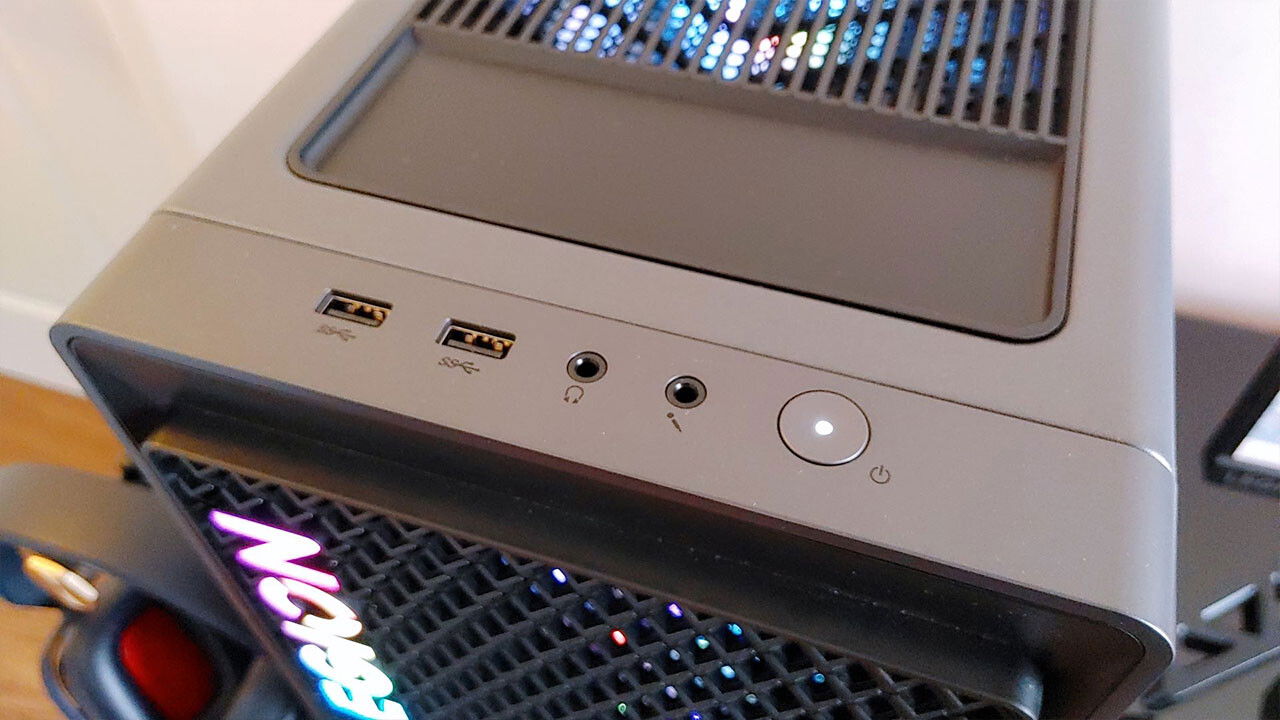
Described by Lenovo as “one part gaming battle station, one part cooling station,” the Legion Tower 5i blends form and function to create a rig that’s both practical and modestly sleek. Featuring a new Legion RGB logo over the mesh venting on the front, the unit is kept cool, quiet, and vibrantly illuminated by three ARGB cooling fans with 16.7 million colour options. A glass panel on the left showcases the 5i’s internal components. Users can program up to three different lighting profiles using the Lenovo Vantage software or disable the feature entirely through the software or a button on the back for a more understated look.
“The RTX 4060’s VRAM is extremely constrained at only 8GB, raising concerns for how even more demanding games will perform on the Legion 5i in the near future.”
Naturally, my first instinct after setup was to dive into my digital collections on Steam, the Xbox Store, and the Epic Games Store to test the most visually demanding games I owned. I wanted to see how the Legion Tower 5i’s Intel i5-14400F processor and NVIDIA GeForce RTX 4060 GPU would perform.
The RTX 4060 is positioned by NVIDIA as an entry-level option within the RTX 40 Series lineup, so I wasn’t under the illusion that the Legion 5i would be an ultra-settings, ray-tracing, framerate-obliterating machine. However, with my daily driver “Frankenstein PC” being two to three generations older, I fully expected the Legion 5i to outperform my old rig by a significant margin.
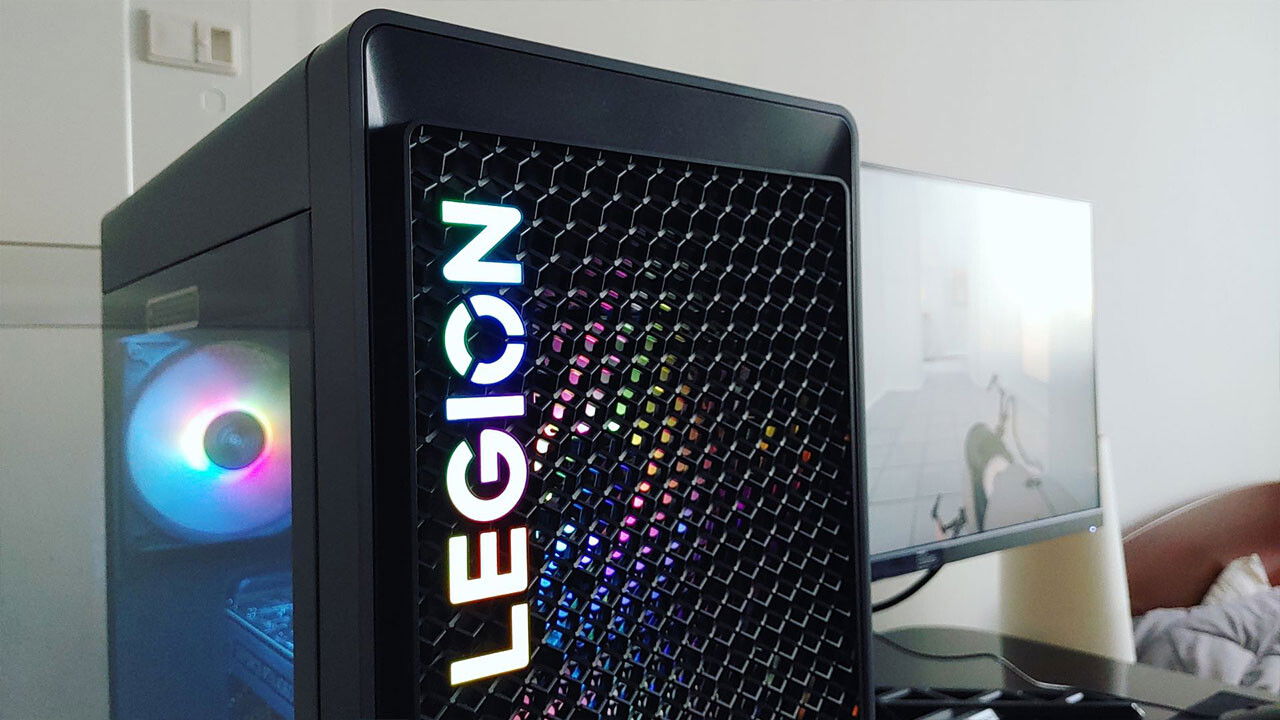
Over the course of a week, I tested an assortment of visually demanding titles, including Marvel’s Midnight Suns, Marvel’s Spider-Man Remastered, Portal with RTX, Control, Ghostrunner, Death Stranding, Halo Infinite, Shadow of the Tomb Raider, and Hellblade 2: Senua’s Saga.
Full disclosure: My highest-resolution monitor tops out at 2560×1440, so I set 1440p60 as my personal baseline for acceptable performance. I assumed that anyone upgrading from an Xbox Series X, PlayStation 5, or older PC would easily notice the improvements offered by the Legion Tower 5i without needing side-by-side comparisons. Apart from enabling variable refresh rate (VRR), I kept most interpolation software, such as DLSS 3 or frame generation, off unless the game specifically recommended it (Portal RTX being the only title that did).
To start, I’m pleased to report that, aside from a strange error that caused Midnight Suns to crash to the desktop when attempting to run the game in windowed mode, I didn’t experience any other fatal bugs or compatibility issues that prevented me from playing any of the games. Regardless of the launcher used, booting into each game was consistently stable, though initial load times varied by title. Halo Infinite and Death Stranding notably took three to five minutes to launch on first boot, despite the 5i’s 1TB of PCIe Gen 4 SSD storage.
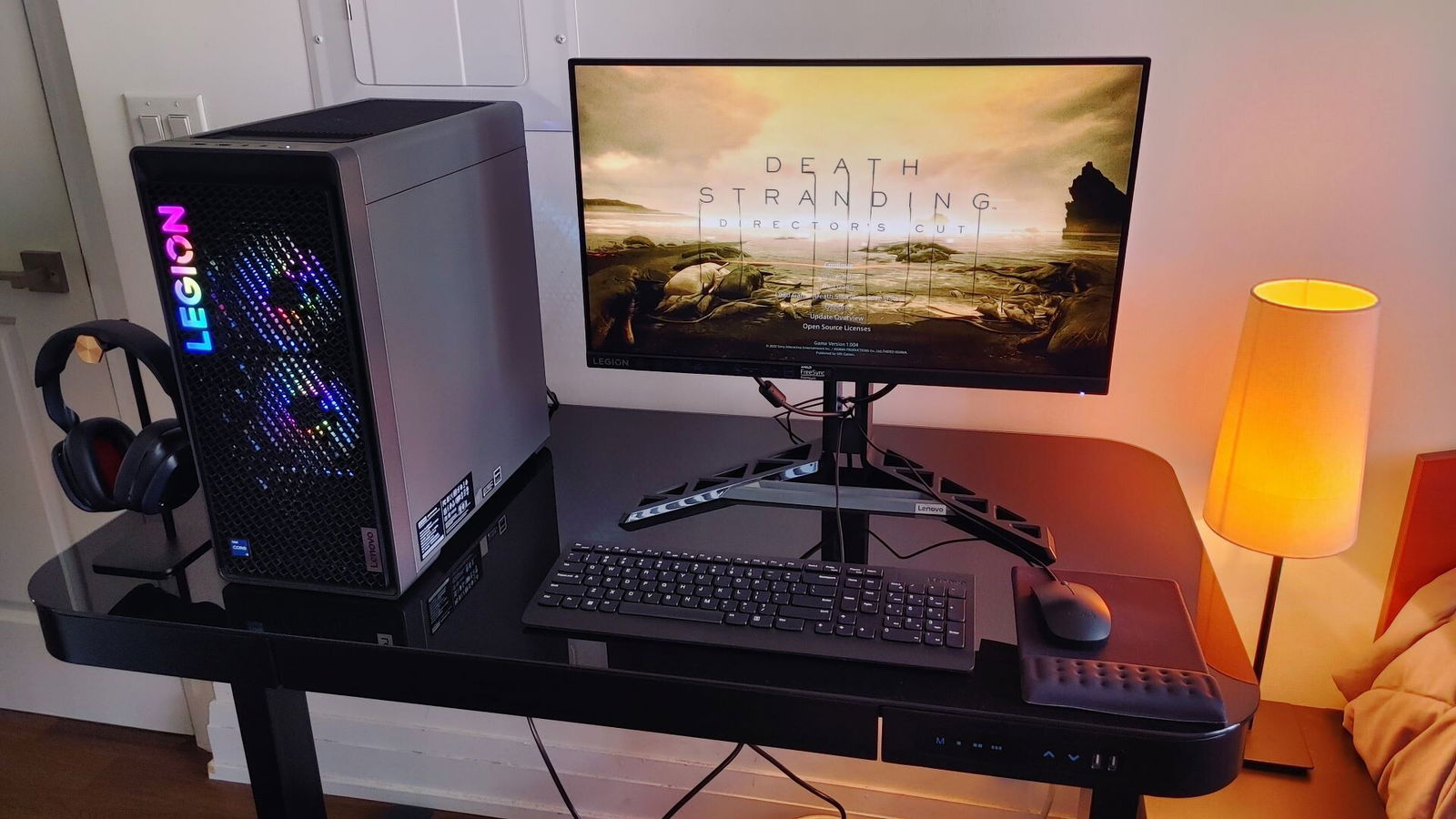
Speaking of game launchers, the Legion 5i comes pre-installed with an app that should be useful for gamers who play across multiple storefronts, including the Epic Games Store, Battle.net, Xbox Store, and Ubisoft (sorry, no Steam, EA Play, or GOG support). Simply named “Legion Arena,” the app serves as a straightforward, one-stop launcher that automatically builds a library based on games installed and the existing libraries of each linked storefront. This includes owned games, titles played via subscription services, and other popular games on those services, such as Fortnite and Valorant.
“The power and versatility of the 5i’s RTX 4060 GPU easily surpass what current consoles can deliver.”
As someone who prefers a mostly tinker-free experience, I was pleasantly astonished by how little time I spent messing about in each game’s visual settings menu in order to optimize performance. Granted, this was more a symptom of modern PC games simply being smarter at auto-detecting the capabilities of the Legion 5i’s hardware rather than a bespoke feature of the machine itself, but the fact that I was easily able to achieve my minimum performance target 1440p60 in practically every game with most effects enabled (including ray tracing) simply by dropping their settings down to High or Medium and/or making the occasional tweak reflected quite positively on Lenovo’s beginner pre-build.
Regretfully, there is one main caveat: the RTX 4060’s VRAM is extremely constrained at only 8GB. Its limitations were largely consistent throughout my tests, with the 5i’s GPU and VRAM performance maxing out at 100% the majority of the time when playing demanding titles such as Control, Hellblade 2 and Shadow of the Tomb Raider.
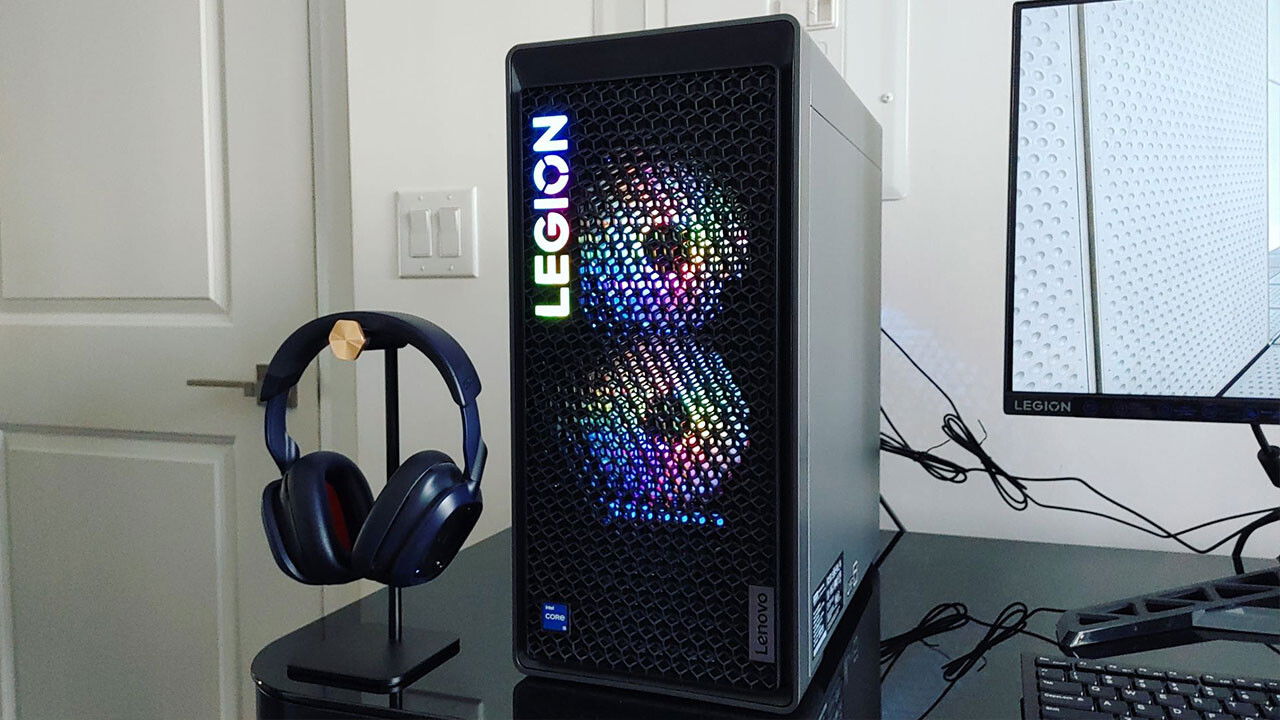
Rarely did I witness a hitch or framerate drop on-screen that visually reflected the numbers I was seeing in Xbox Game Bar, but it still raises concerns for how even more demanding games will perform on the Legion 5i in the near future, what visual sacrifices will users need to maintain consistent framerates, and how hard they will have to lean into DLSS 3 to compensate.
In the here and now though, I’m astounded by how solid a 1440p60 performer the Legion Tower 5i has proven itself to be, with capable ray tracing no less. Obviously, pushing Ultra-level effects and lofty RT bells and whistles like high quality reflections, LOD in reflections, and recursive reflections (reflections-within-reflections), especially in games that feature a considerable amount of them (e.g. Marvel’s Spider-Man Remastered cityscape) will swiftly bring framerates to their knees on the 5i. But at 2560×1440 with judicial lowering of some effects, practically every game I tested on the 5i delivered excellent Quad HD visuals at a solid 60fps or higher.
What’s surprising is how the Legion Tower 5i manages to do all this in near silence. The sound of its fans never rises above a low hum, whether the PC is running Hellblade 2 at a blistering 1440p60 or simply idling. It also never runs hot, with the mesh-vented front panel quietly assisting airflow. By comparison, my Xbox Series X runs at least twice as loud when idling and three times as hot (though that’s a completely unscientific estimate).
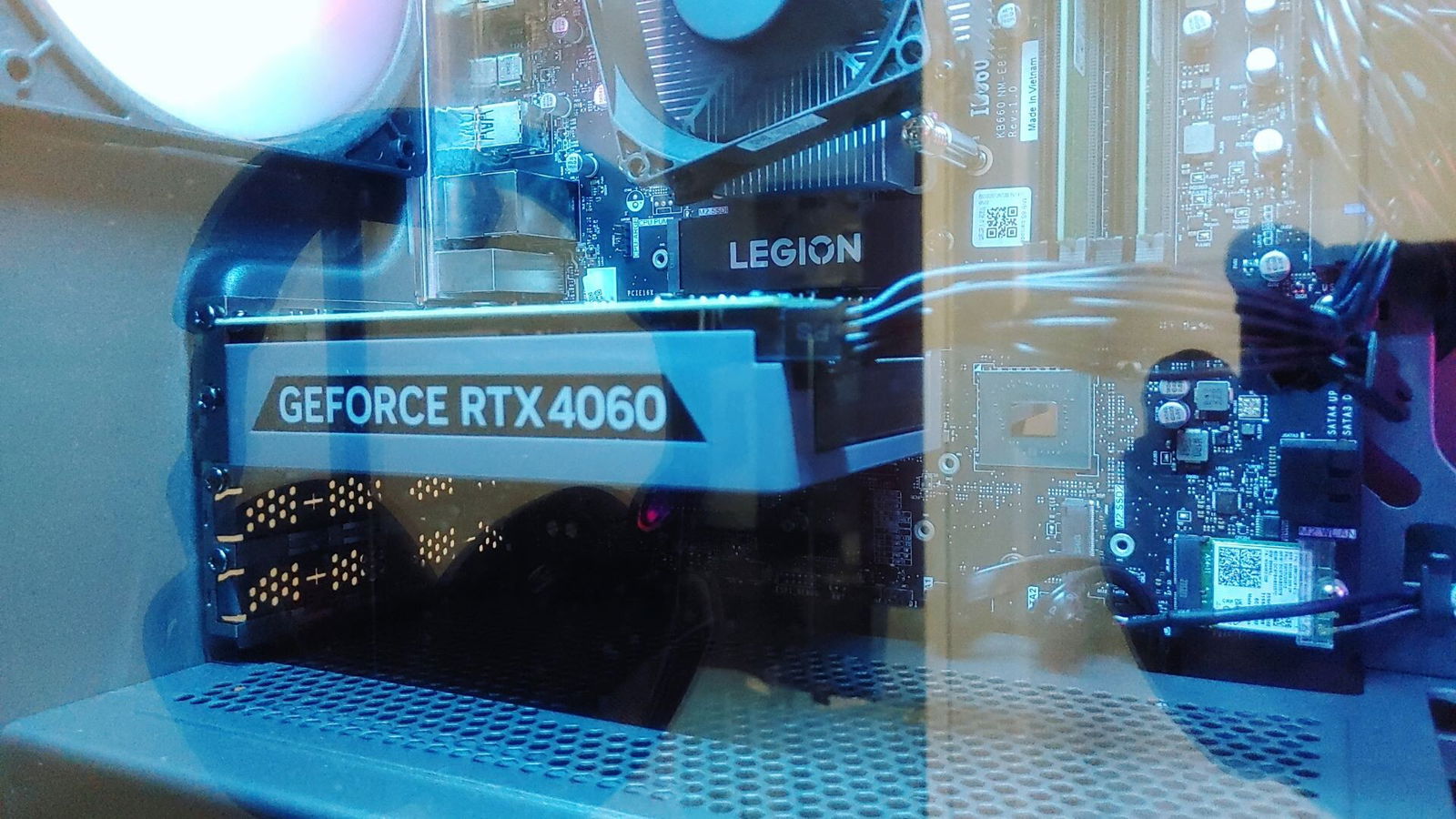
From time to time, I dabble in content creation, so I tested the Legion Tower 5i with some basic Twitch streaming sessions. To my delight, the raw power of the RTX 4060 not only improved the maximum output quality of my streams nearly two-fold (up to 6,000 kbps at 1080p60), but it also allowed me to stream wirelessly on a single PC. This is something I could never pull off on my old rig, where I’d typically need a console or second gaming PC connected via a capture card.
“I’m astounded by how solid a 1440p60 performer the Legion Tower 5i has proven itself to be, with capable ray tracing no less.”
The RTX 4060 also unlocked access to special filter effects on my Elgato Facecam, such as bokeh depth-of-field and background removal, which my old system couldn’t manage. Video editing on the 5i was similarly seamless. The RTX 4060 tore through rendering tasks in DaVinci Resolve, processing a high-quality 150 MB, 1080p video file in well under a minute.
It’s worth noting a couple of cool extras that come with the Legion Tower 5i. One standout is its onboard audio interface, powered by the no-cost Nahimic app from SteelSeries. Among its handy audio features, it offers robust and convincing 3D surround sound that, in my experience, surpasses any built-in or app-based option on any game console or PC. Audiophiles seeking immersion shouldn’t overlook this feature.
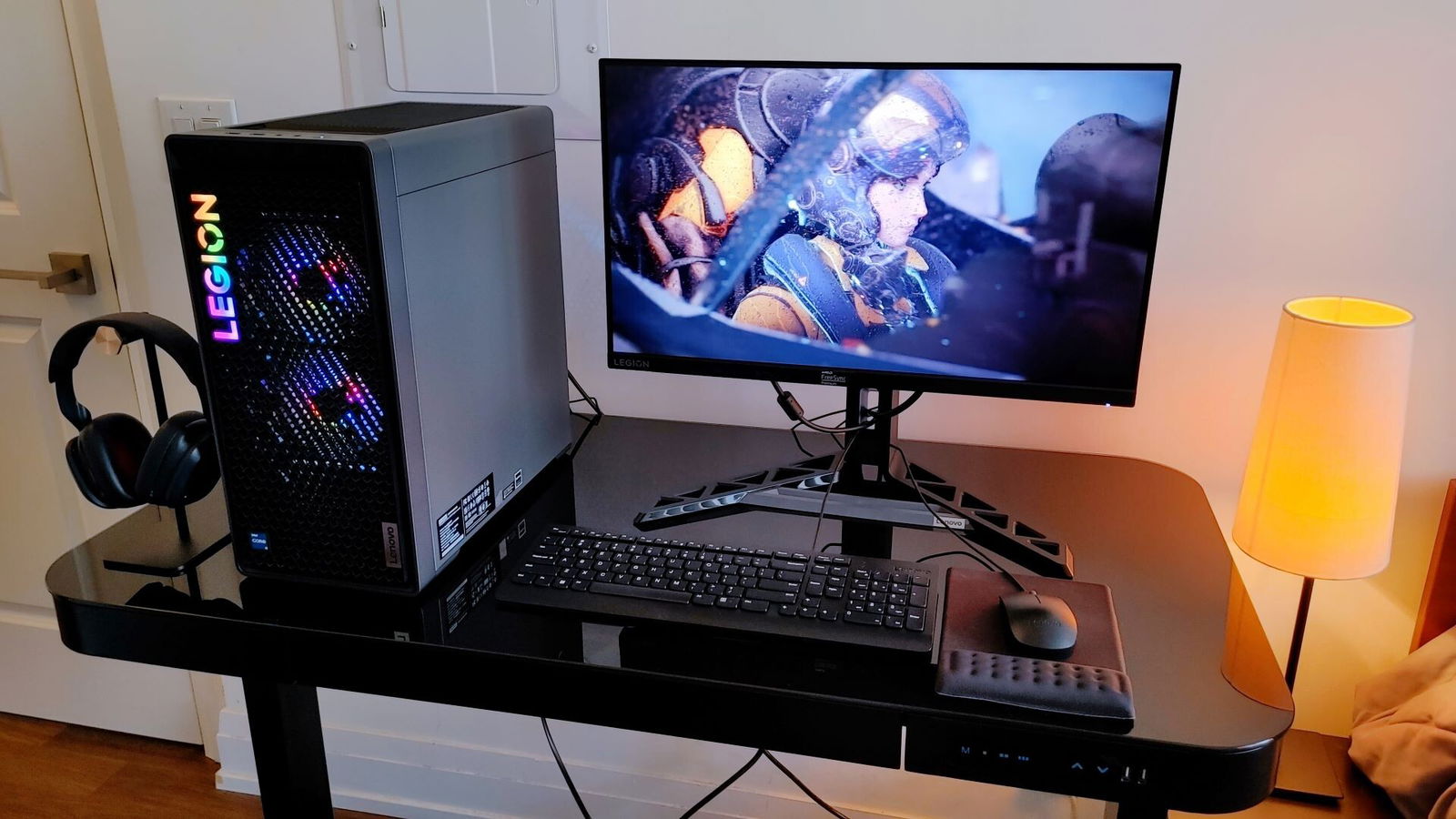
Another built-in freebie is a three-month Xbox Game Pass Ultimate subscription, which is sure to help new Legion Tower 5i buyers get started. It lets them build a game library before spending anything extra on software.
I thoroughly enjoyed my time with the Legion Tower 5i and am convinced it’s an excellent starter gaming rig for anyone moving up from a current-gen console or weaker gaming PC. Yes, at an MSRP of nearly $1,200 USD, the Legion Tower 5i costs as much as two current-gen consoles. But the ideal customer for the 5i has likely already been there, done that, and is ready to experience the latest in PC gaming.
The power and versatility of the 5i’s RTX 4060 GPU easily surpass what current consoles can deliver. It also allows gamers to explore the latest PC technologies, such as ray tracing and DLSS 3, all at a reasonable cost—even when not on sale.

